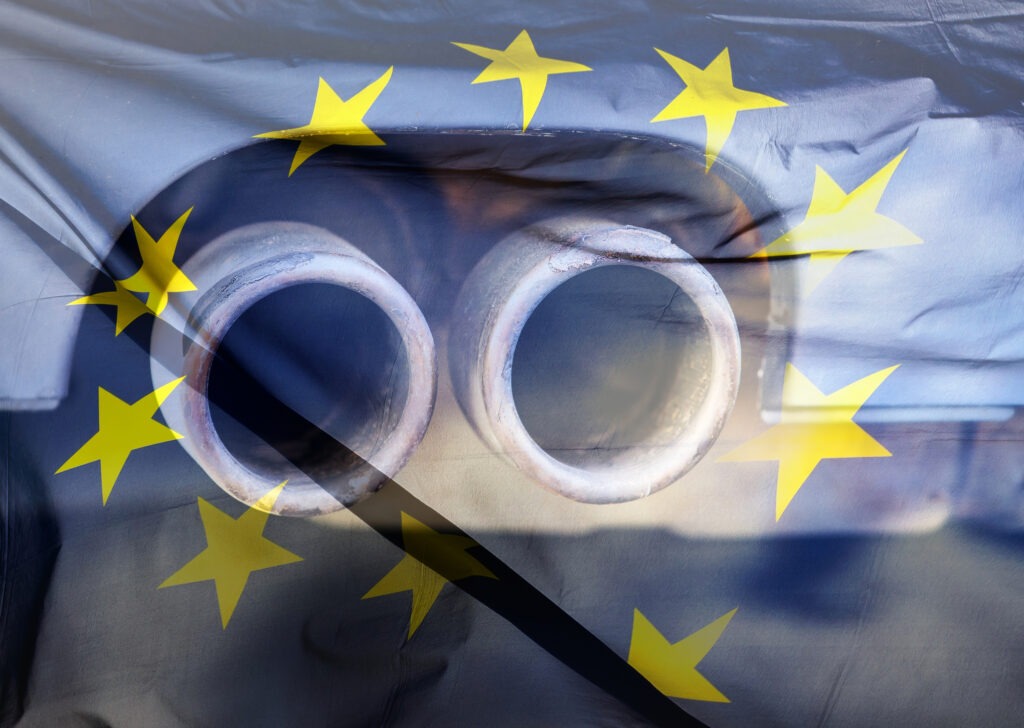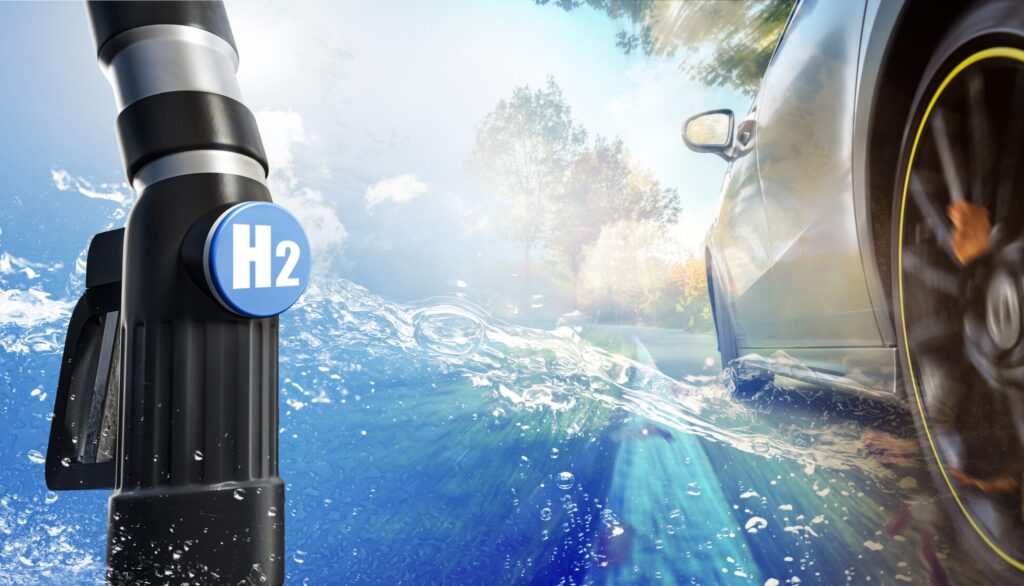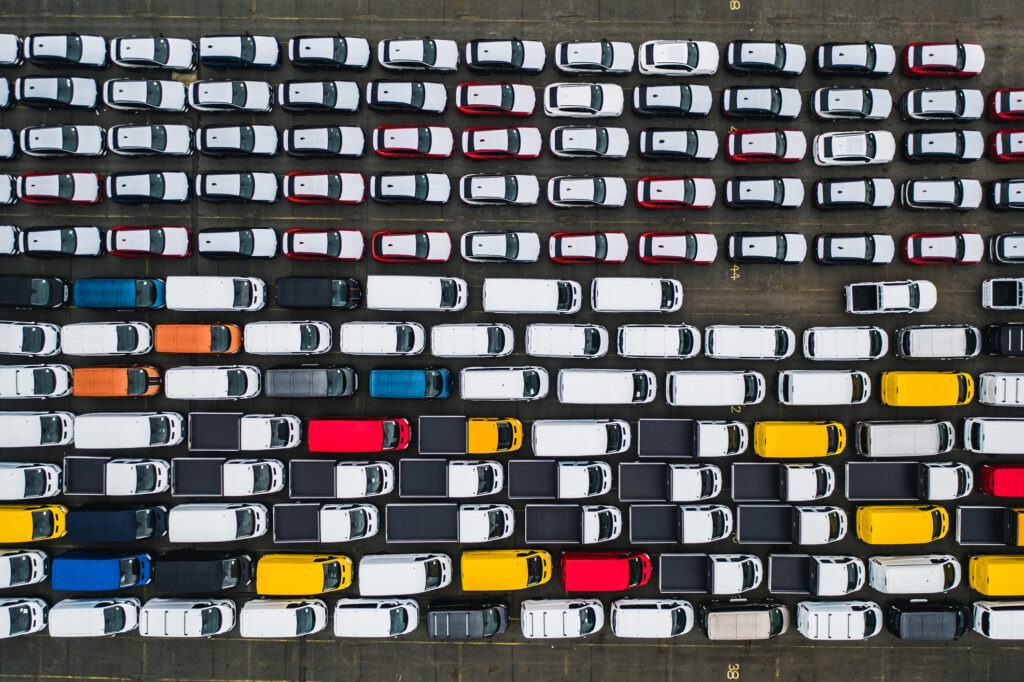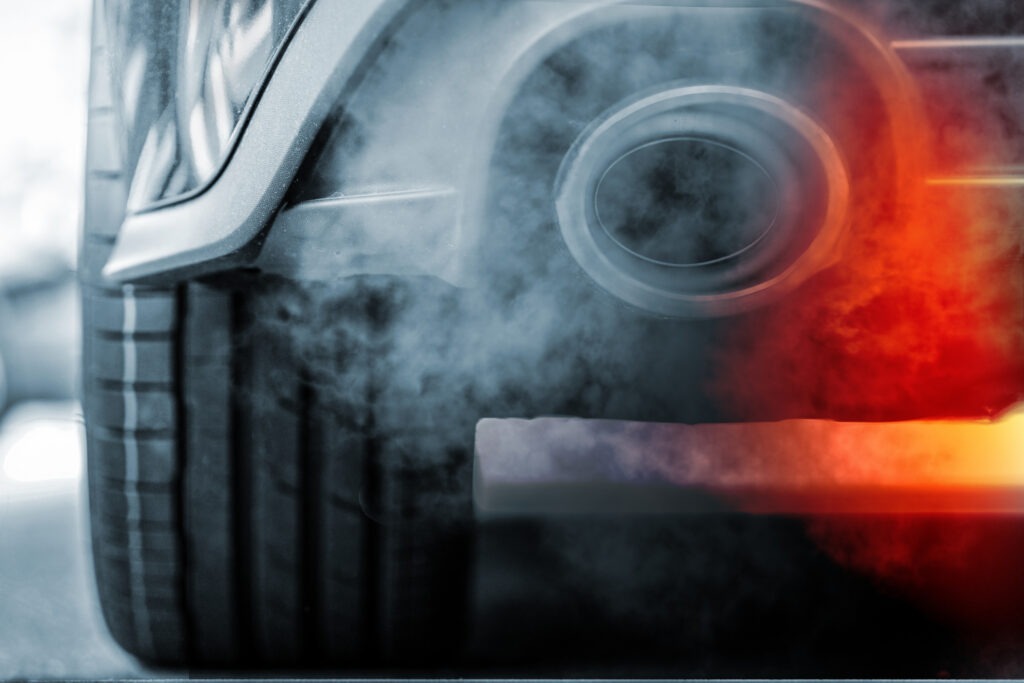How have Euro 7 emission standards changed?
30 January 2024

Since they were first proposed at the end of 2022, the Euro 7 emission standards have changed dramatically.
In this latest Autovista24 What is? video, special content editor Phil Curry gives an update on Euro 7 regulations, the tailpipe and non-tailpipe emissions that manufacturers are required to meet, and how the new plans particularly affect battery-electric vehicles (BEVs).
The latest on Euro 7
The Euro standards are a set of regulations that carmakers must adhere to when it comes to vehicle emissions. The Euro 7 regulations were recognised as the strictest yet when plans were revealed in 2022. However, by the end of last year, many of the tighter limits on tailpipe emissions had been removed, with the new requirements continuing the targets of Euro 6.
But Euro 7 is not just an extension of Euro 6. The new regulations introduce requirements for non-tailpipe emissions, and for battery health in BEVs, which will have important benefits for the environment.
The latest iteration of Euro 7 sees the limits of carbon monoxide, hydrocarbons, nitrogen oxides and particulate matter from petrol and diesel exhausts remain the same as the current Euro 6 legislation. Originally, the plans were for these tailpipe emissions to be cut, a move that caused concern within the automotive industry.
Beyond the tailpipe
The original Euro 7 plans called for non-tailpipe emissions of particulate matter to be regulated, as well as an introduction on minimum battery health targets for BEVs. These plans have been carried over into the new version of the regulations.
This means that for the first time, targets will be set for particulate matter from tyres and brakes. With fewer particulates being emitted from vehicle tailpipes, awareness of the smaller matter coming from tyre wear and brake friction materials has grown in recent years. As cars get heavier, especially BEVs, the European Parliament has decided to introduce limits to prevent excess matter from entering the environment.
Currently, only the limits for brake particulates are known. Highlighting the extra wear placed on these systems by BEVs, the limits are higher for internal-combustion engine models, as well as hybrids and plug-in hybrids. The suggested limits are set to be adopted until the end of 2029. By this time, the European Commission will have completed a report into the effect of smaller particulate matter, which will help determine future limits.
When it comes to battery durability, the new version of Euro 7 has minimum battery health targets after a set number of years or distance. These have been put in place to increase consumer confidence in BEVs, especially within the used-car market. It also means that carmakers need to use quality materials in their battery construction and reduce the need for replacement batteries that would otherwise increase the need for raw materials, which would impact the environment.
Why revise the rules?
The new version of Euro 7 comes following arguments from both the European Parliament and the automotive industry, stating that the original plans would be detrimental, to the market as well as the climate.
Carmakers argued that the financial impact of developing vehicles to meet the original stricter requirements, when they are also trying to develop new zero-emission technologies, may cause them to abandon ICE models early, or risk falling behind in research into cleaner vehicles.
With the zero-emission market still developing, any drop in the number of ICE models available would impact the used-car market. Drivers who do not want to switch to BEVs would hold on to their vehicles for longer. With a high number of Euro 4 and Euro 5 models on European roads, alongside cars adhering to Euro 6 standards, the level of pollution would remain high.
By continuing with Euro 6 tailpipe emissions, development to meet stricter limits is not required, so carmakers can continue to sell the cleaner technology, and drivers who do not want to switch to electric technology still have the option to buy a cleaner vehicle. This will mean that older Euro-standard models will be replaced, reducing pollution levels.
In May 2023, the European Automobile Manufacturers Association (ACEA), stated that if left as originally planned, the Euro 7 emission standards would only have seen a 4% reduction in nitrogen oxide pollution, due to vehicles not being replaced. Extending the Euro 6 targets will instead see an 80% reduction in the tailpipe emissions of nitrogen oxides by 2035, based on 2020 levels.
An interrupted introduction
When originally announced, Euro 7 was expected to be in place by the middle of 2025. However, with the recent changes to the plans, this timeline has been deemed unrealistic.
Instead, the final plans are expected to be approved by the European Parliament by the middle of 2024. After this, the rules are expected to be in place for vehicles undergoing type approval within 30 months, while the legislation will be enforced for all vehicles available for sale after 42 months of the approval.
This means that the Euro 7 limits will begin to be adhered to from the start of 2027. With the EU looking to end the sale of new petrol and diesel cars from 2035, they will likely be the last set of Euro standards to regulate tailpipe emissions.



